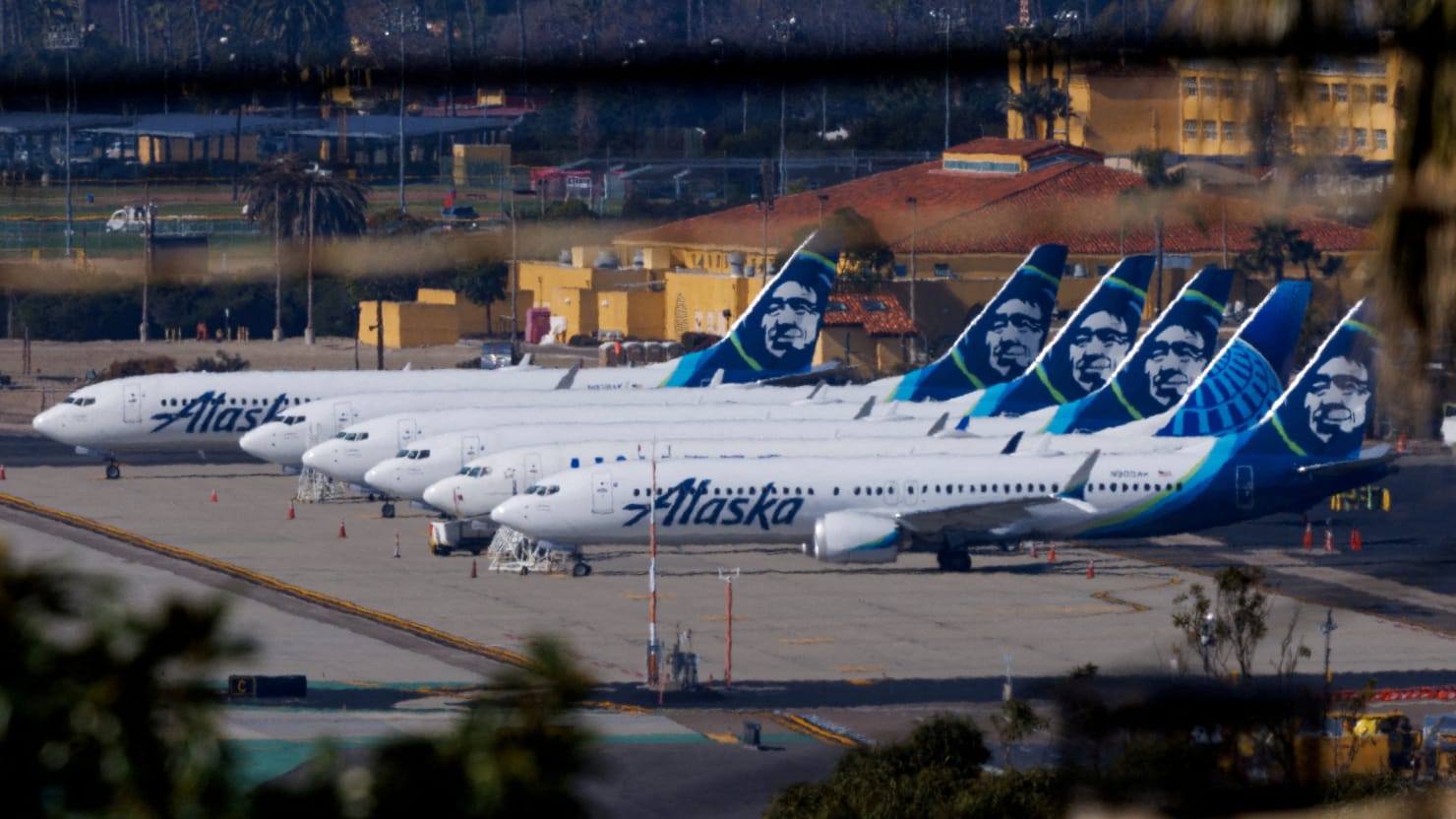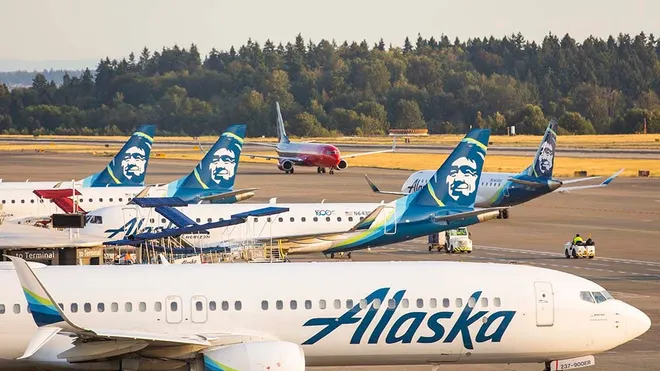An Alaska Airlines flight from Honolulu to Anchorage was abruptly canceled on Monday night after two flight attendants fell ill, likely due to an “unknown odor” in the rear of the plane. This incident highlights the potential dangers of toxic fume exposure in aircraft, despite the rarity of such events.

Medical Emergency on Board
Flight ASA 828 was scheduled to depart Honolulu at 11:45 p.m. and was in the midst of the boarding process when two female crew members reported feeling unwell. At approximately 11:15 p.m., Honolulu Emergency Medical Services were called to the scene. The two attendants were treated and subsequently transported to the emergency room in serious condition. “This incident was properly reported to the appropriate agencies for further action,” stated Alaska Airlines. Following medical evaluation, both crew members were cleared to resume flying. However, the flight’s cancellation underscores the seriousness of in-flight medical emergencies and the protocols in place to ensure crew and passenger safety.
Toxic Fume Risks in Aviation
Aircraft ventilation systems are designed to circulate fresh air from the engines into the cabin without filtration. This design can occasionally result in toxic fumes from other parts of the plane being drawn into the main cabin, leading to potential health risks for passengers and crew. Symptoms of exposure to toxic fumes include dizziness, nausea, headaches, and cramping. Research indicates that incidents involving toxic fumes on planes are relatively rare, occurring between 0.09 and 3.9 per 1,000 flights. This translates to about two to three incidents daily in the U.S., highlighting the importance of awareness and quick response when such situations arise.
Safety Measures and Reporting
Given the amount of time flight attendants spend in aircraft cabins, they are most at risk of exposure to toxic fumes. As seen in the Alaska Airlines incident, prompt medical attention and reporting are crucial. Alaska Airlines ensured that the incident was reported to the appropriate agencies for further action, adhering to safety protocols designed to protect crew and passengers. In light of such incidents, airlines continually assess and enhance their safety measures to minimize risks. The industry also conducts ongoing research to better understand the sources and effects of toxic fumes in aircraft, aiming to implement more effective prevention and mitigation strategies.

The cancellation of Flight ASA 828 serves as a reminder of the potential hazards in aviation and the importance of robust safety protocols. While rare, toxic fume incidents require immediate attention and thorough investigation to ensure the well-being of all on board. The Alaska Airlines incident emphasizes the need for vigilance and quick response in handling in-flight emergencies. The health and safety of crew members are paramount, and the aviation industry must continue to prioritize measures that mitigate the risks associated with toxic fume exposure.
